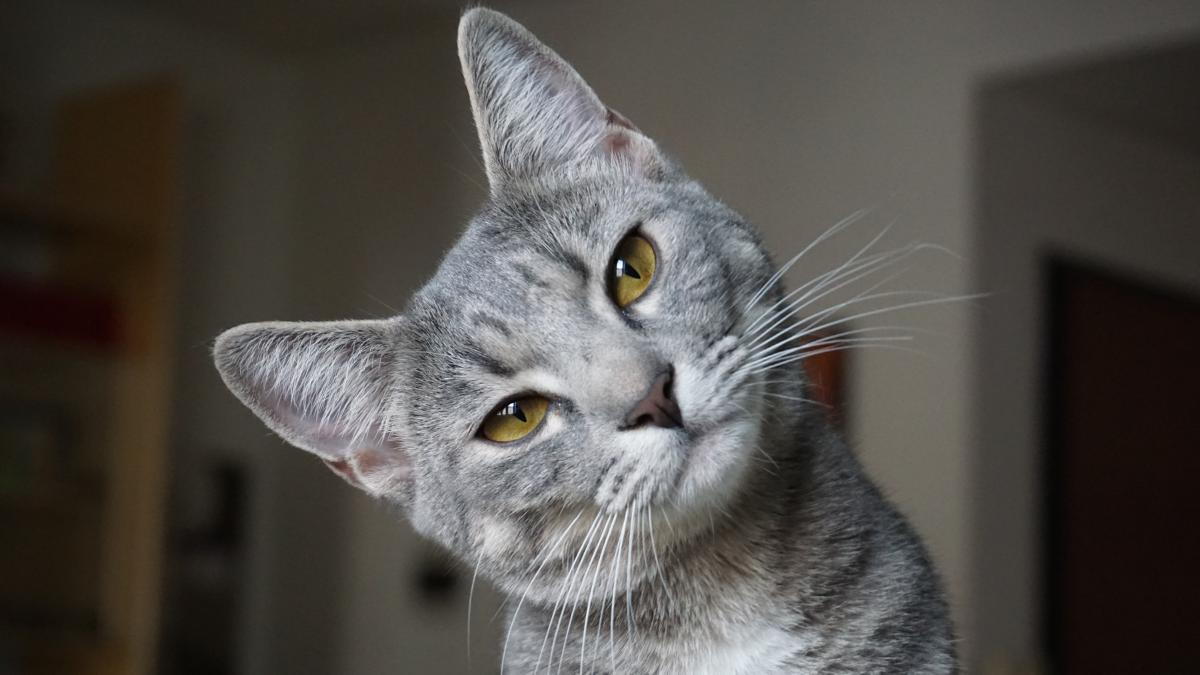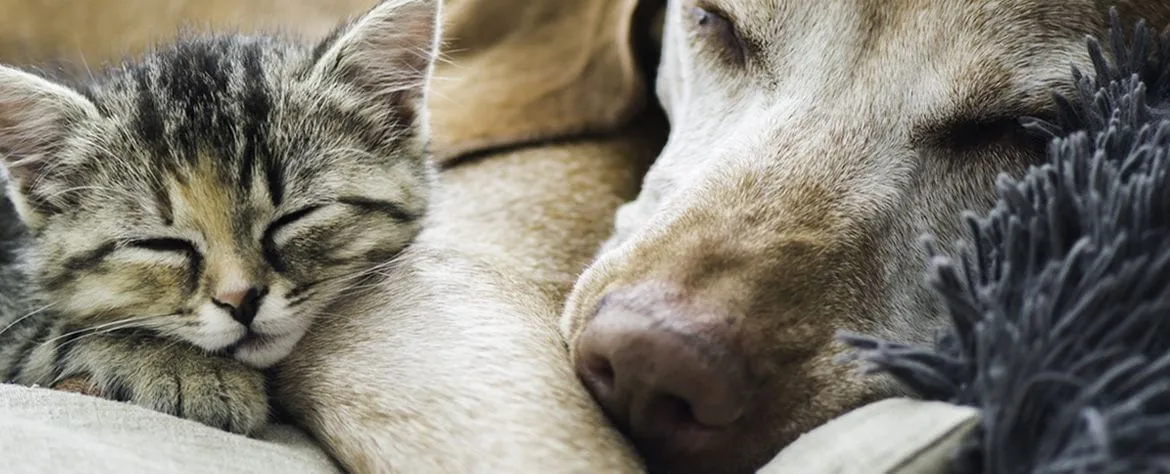
With National Hairball Awareness Day coming up on April 30, we thought it might be time to talk about cat hairballs! Hairballs actually have a fancy name: trichobezoars. Tricho means “hair,” and bezoar means, “a clumping of material held together in the gastrointestinal tract.” In other words, hairballs are nothing more than clumps of hair that can’t pass through the intestinal tract normally.
Let's debunk some hairball myths...
MYTH #1: HAIRBALLS ARE CAUSED BY SWALLOWING HAIR.
In an extremely limited sense, this is true but just swallowing hair is not what causes hairballs. All cats groom. Therefore all cats (if they have hair) swallow hair. Swallowed hair should pass through the intestines and into the litter box. Hairballs occur because the gastrointestinal tract isn’t moving the hair through.
Most cats producing hairballs have an underlying gastrointestinal disorder, and some of them may develop more serious symptoms over time. Any cat regularly expelling a mixture of hair and food should see the vet to discuss possible medical problems.
MYTH #2: HAIRBALLS ARE “COUGHED UP.”
Coughing involves the windpipe and lungs. Hairballs reside in the stomach and intestines and do not cause coughing. They cause vomiting. However, they can cause dry heaving that resembles coughing.
If your cat is coughing or yakking but never produces anything, it is possible he has feline asthma or anther respiratory condition. Don’t assume your cat has a hairball problem if he never produces hairballs. When dealing with cats, it is always better to tread on the safe side, so visit your veterinarian to be sure.
MYTH #3: ALL VOMITING IN CATS IS CAUSED BY HAIRBALLS.
There are many other medical conditions that can be the reason your cat is vomiting. Bottom line: If your cat vomits regularly, don’t write it off as a hairball problem. Ask your veterinarian what else might be causing these symptoms.
MYTH #4: ALL LONG HAIRED CATS SUFFER FROM HAIRBALLS.
Look at all that hair — surely it will clog the pipes. However, have you ever noticed that many long haired cats shed less than short haired ones? This has to do with the way hair gets long in the first place. If a cat’s hair grows to half an inch and then falls out, that cat will have short hair. If it grows to two inches before it falls out it will have long hair. Short-haired cats lose their hair faster than long-haired ones. There is a counterbalance in this matter. Longer hairs appear more likely to coalesce into hairballs, and this sort of evens things out. But in experience long-haired cats are not more likely to suffer hairballs than their short-haired compatriots.
MYTH #5: HAIRLESS CATS CAN'T DEVELOP HAIRBALLS.
This is true as long as they don’t have access to someone else’s hair. We've heard a story about surgically removing a hairball from a Sphynx. Apparently, he had a habit of eating his owner’s hair — and she had long hair! The moral of the story: Don’t feed your hair to your cat.



